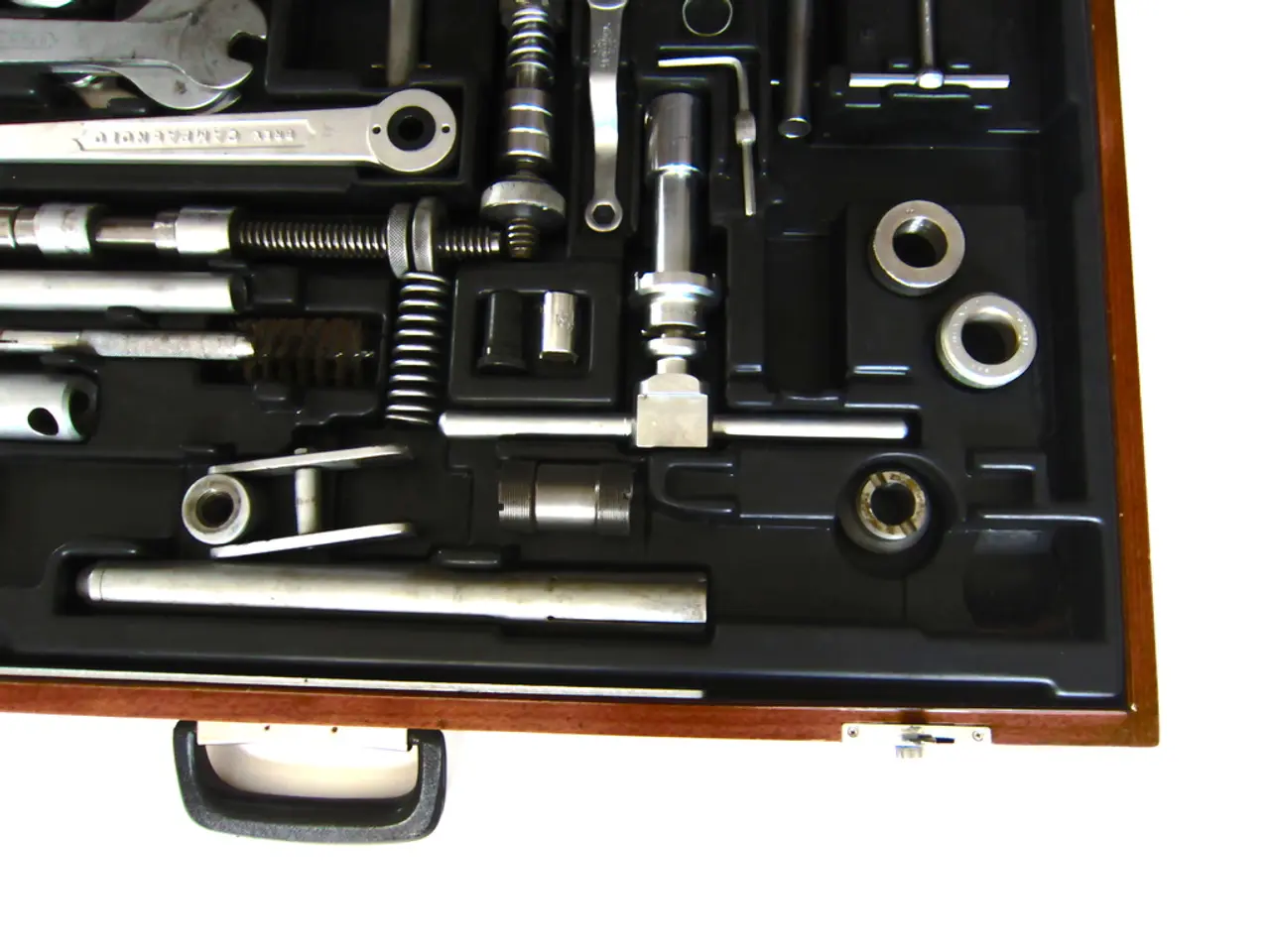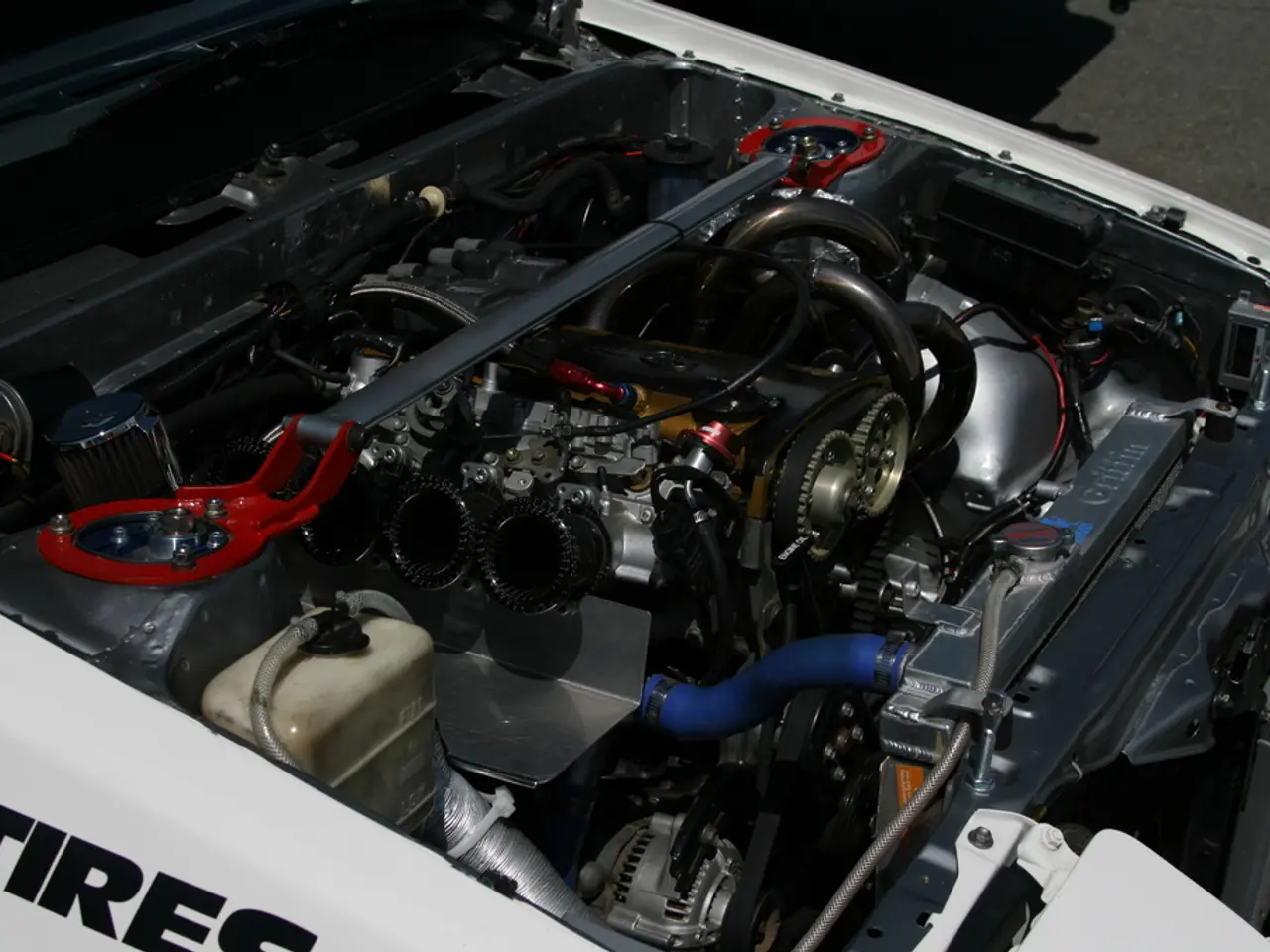Insights gleaned from the battlefield: Streamlining government productivity
The federal government is facing a need for change, with old, tedious, and cumbersome ways of doing things persisting due to a lack of budget certainty and risk aversion. To address this, the government should transition to automated, cloud-based compliance platforms, as advocated by experts like Travis Howerton, co-founder and CEO of RegScale.
One key strategy for improving procurement efficiency is integrating procurement and financial systems. For instance, the U.S. Army has demonstrated the benefits of this approach through the interface between the Army Contract Writing System (ACWS) and the Logistics Modernization Program (LMP). This integration automates contract award transmissions and financial data updates, eliminates duplicate data entry, enhances tracking, and saves time[1].
Modernizing and digitizing procurement workflows is another crucial step. Utilizing eProcurement platforms for solicitation, bidding, contracting, and vendor communication facilitates centralized management, real-time reporting, and supports hybrid work environments[2].
Adopting contract management automation is also essential. This streamlines contract renewals, monitors vendor performance, enforces compliance, and maintains audit-ready documentation[2][4].
Centralizing procurement policies and strategic planning is vital for achieving efficiency. Standardizing policies across departments, using category management to leverage buying power, and aligning procurement plans with budget forecasts and strategic goals are all part of this process[2].
Implementing automation and AI technologies within procurement software can speed up acquisition processes while maintaining compliance with federal requirements such as FedRAMP. Ensuring chosen software is scalable and integrable promotes a more efficient federal workforce[3].
Focusing on procurement transparency and supplier management is equally important. Digital supplier tools for onboarding and engagement, emphasizing total value over total cost, and automating inventory management can help better control costs[4].
By combining these strategies, the federal government can achieve enhanced procurement efficiency and significant cost savings[1][2][3][4]. Technology can and must be an enabler for government efficiency.
However, it's important to note that most of the technology modernization needed to support DOGE budget goals will require procurements, which can take years to complete. Lack of budget certainty makes it difficult for employees and agencies to plan strategically.
Automated compliance platforms can lower program costs by automating evidence collection, integrating compliance into DevSecOps processes, and mapping controls across frameworks faster. Compliance management, particularly authority to operate (ATO), is a major challenge in government, draining resources. Obtaining a government ATO for new technology is often a time-consuming and burdensome process.
Legacy GRC tools and systems hinder progress, especially in the context of cloud, open source, and digital transformation. Inefficiencies in the government are often due to employees not being empowered to make changes or try new technologies.
In conclusion, achieving government efficiency requires a shift towards automation, digital transformation, and a rethinking of procurement policies and incentives. Peanut butter cuts and job slashing at federal agencies are not effective methods for achieving long-term government efficiency. Instead, the Department of Government Efficiency aims to reduce $2 trillion from the federal budget through technology and software solutions.
The Department of Government Efficiency is envisioning a reimagined workforce within the federal workforce, aiming to leverage technology to streamline processes and enhance procurement efficiency. To achieve this, the federal government might consider utilizing automated, cloud-based compliance platforms, reducing the burden of federal budget cuts in the finance sector. This technology-driven approach can help in addressing challenges like cumbersome compliance management, particularly authority to operate (ATO), and enabling employees to adapt to modern GRC tools and systems for a more efficient and effective federal workforce.




